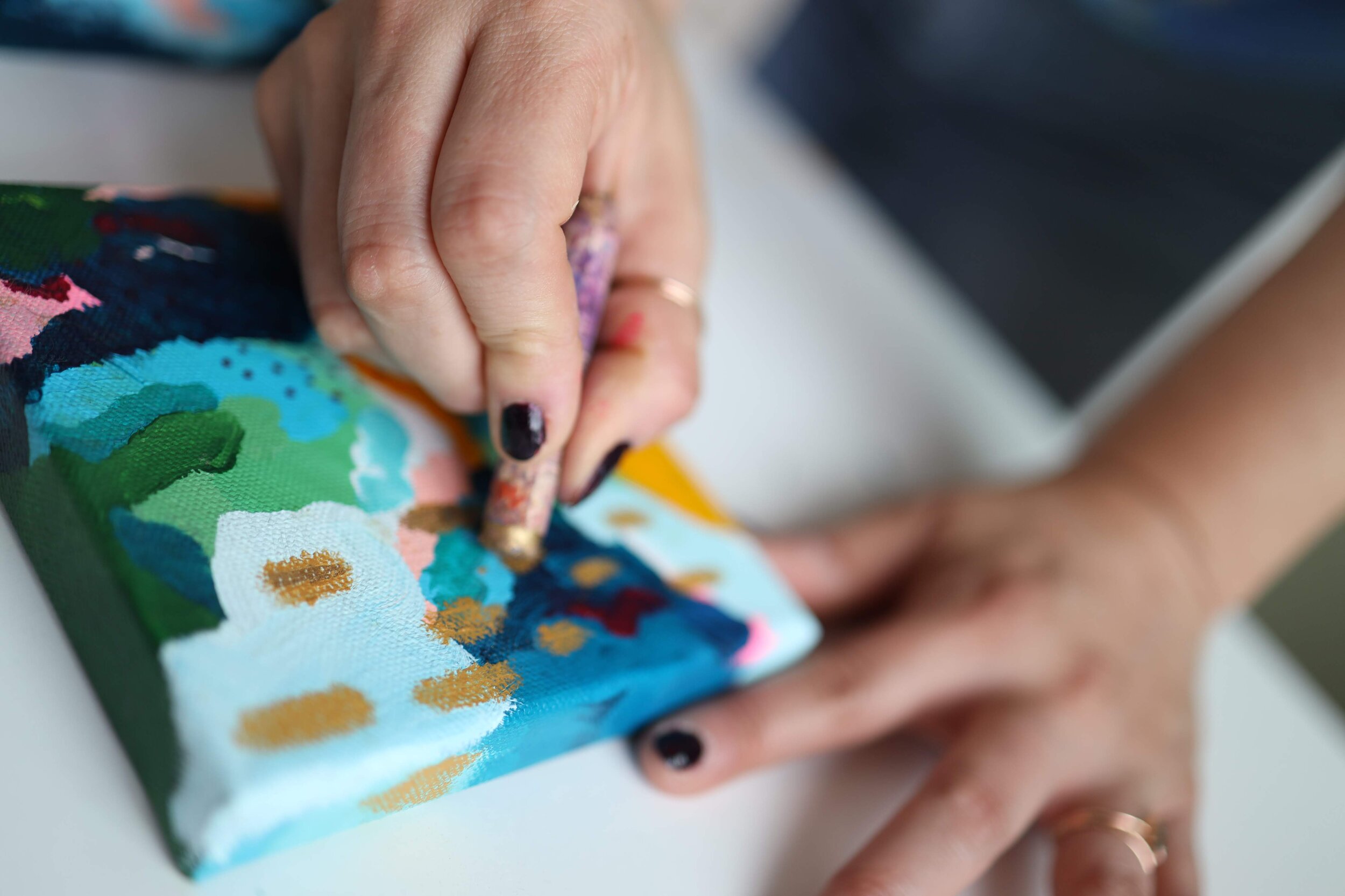6 Tips To Maximize Your Art Practice
Having an art practice, a dedicated time to experiment, and play is key to growing both creatively and technically as an artist.
While the focus of my practice changes from time to time depending on my needs/interests, there are a few important elements that I’ve found super helpful when it comes to creating artwork. Simply showing up to create is certainly enough, especially if you’re just trying to relax and use your creativity as a sort of mediation. For those of you who are looking to maximize your time and improve your skillset, it’s important to iron out the following to ensure you’re truly benefiting from your practice.
1. Set a Goal
You want to get better at a specific style? You want to try using new tools or mediums? You want to create higher volumes of work? You want to work out new content? You don’t know what you want to do creatively on but you’re ready to show up and figure it out?
These are all great reasons to begin an art practice. It’s important to know what you hope to get out of the experience so that you develop guidelines that will allow you to achieve your goal.
2. Work with What You’ve Got
From crayons, canvas or cardboard boxes, you don’t need any specific type of material to create. In fact, some of the best artwork is made due to limited resources. Don’t get caught up in what you think art “should be” just get to making something now.
Amy Nadeen Avila’s hands in her studio at work.
3. Be Consistent/Realistic with Your Time
When are you showing up for your art practice? How often will you show up?
Select a consistent schedule that’s realistic for you. Do what you can and nothing more until you’re ready to take it up a notch. Overcommitting to a new practice can lead to burnout or leave you feeling overwhelmed. You want to make your practice as easy as possible.
4. Set a Time Limit
How long do you have to dedicate to your practice? Again, this depends on your availability. For me, I try to spend no more than 30 mins–1 hour.
I find that’s plenty of time to finish something significant, especially in the impressionistic style I’m currently working in. If you’re working in a more realistic style, try to keep the focus of your practice super simple to fit your timeframe or commit to showing up consistently to complete one detailed project. It helps to have a specific timeline in mind especially for those days when you don’t necessarily feel like getting to it. Expect to have those days and show up to create anyways.
“When I was working full-time in an office, I use to draw something in my style on a Post-it Note daily. It took me less than 5 minutes and it was the first thing I did when I got to work. I just used the sharpies and highlighters I had at my desk. I worked with what I had and it kept me going until I could commit to something more. These days, I work on my current studio practice, abstracting cartoons, 2–3 days a week. ”
5. Trust Your Instincts
Are you having fun? Do you feel moments of ‘magic’ where one idea leads to the next?
If not, it’s okay to reevaluate. Maybe see if switching up your materials, content or style could help to reignite your passion for your practice. While you won’t always feel 100% enthusiastic every single day you’re showing up, it’s important that you feel connected and motivated by your work otherwise why do it?
6. Be Flexible
At the end of the day, developing an art practice is really about doing what satiates your creative curiosity and what works best for your schedule. Right now, many people have an abundance of time and ZERO distractions, the perfect recipe for getting back into a creative flow.
Written by Amy Nadeen Avila
Published on Studio Nadeen

